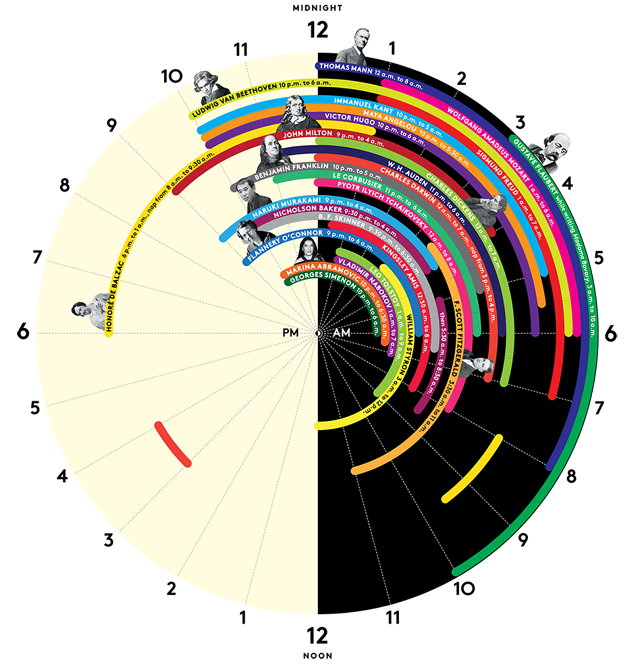This is a graph from the New York Times in May 2009 that was published to substantiate a claim that healthy food options were growing more expensive while junk food options were growing cheaper. It uses change in price of items relative to overall inflation as the measure to substantiate this claim.
http://www.nytimes.com/imagepages/2009/05/20/business/20leonhardt.graf01.ready.html
As we all know, the visualizations beauty is in the eyes of the consumer!
The following are some keen observations from the end-users/consumers perspective.
Who is the end user of this visualization and what is the intent?
The end user of this visualization is the reader of the newspaper to whom the author is trying to convey a trend that the food industry is moving towards. The author uses the consumer price index as a proxy for measuring the cost and compares it relative to the overall inflation. The author does a good job at conveying that healthy foods are growing expensive more rapidly (higher slope) than the unhealthy options that are growing expensive at a “less-rapid” pace. (smaller slope).
However, please do not let the visualization fool you into believing that beer is growing cheaper 😛 Even if beer rises at 0.85 times the inflation, its price is still increasing, not falling!
The snippet in the top also states that the cost of unhealthy food has fallen in the last few years and can be misleading.
How does he do it?
The author uses a trend line to show the upward movement in the cost of healthy options in food choices and downward movement of the unhealthy options used.
The authors choice of graph to describe the year over year growth is good. However, his choice of point of comparison -overall inflation in goods is a little hard to perceive unless the person takes the time to understand the metric.
What makes a good metric ?
Since the consumer of this information is anybody who reads the news, the metric would be easier to assimilate if it was simple and stupid. So rather than contrast the value in comparison to overall inflation, the author could have used the absolute increase in prices as the metric.
It is because of the same reason that there might be a tendency for the consumer to perceive the downward slope as a drop in price rather than a less steeper increase in price.
What could have been done better in the visualization?
Trend rather than plot the absolute values: Rather than show the trend line, the author could have focused on the overall trend that shows whether the cost is moving up or down. This would have conveyed the same meaning and would have been simpler to understand.
Consistency in what you are representing : Comparing fresh fruits and vegetables to specific items in the “unhealthy” list provides a good comparison but, its clearly not an apples-to-apples comparison. Ideally if you are comparing two objects, we need to make sure we are comparing identical objects. In this case the comparison is between a basket of objects(fresh vegetables) and a single object like butter etc.
Also, the fresh fruits option had a percentage while the remaining items did not contain the percentage making it inconsistent.
Choice of colors: The choice of colors goes a long way in creating certain associations in a persons mind. Colors like green and shades of yellow are usually associated with positive things while colors like bright shades of red are associated with caution and danger. The choice of colors that have been used in the graph is consistent with what the author tries to prove using his argument.
Conclusion:
While the graph does a good job of proving the point, when we look closer it is not conclusive to prove that healthy foods are getting more expensive and unhealthy foods are getting cheaper. The author could have done a better job simply by opting for a simpler metric to report and comparing similar objects.








